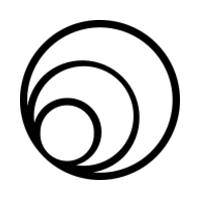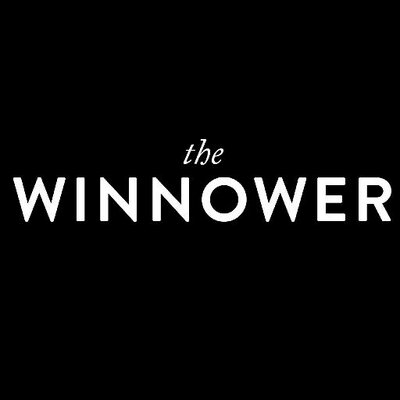
Sparrho ("sparrow") is a scientific recommendation service.
When I began playing with Sparrho, I got the feeling that it was similar to Google Scholar, but I knew it was different. I just couldn't tell how.
So I asked Sparrho myself!
@matthwmaclennan we do personal rec of other scientific content types (+ articles/patents)...
— Sparrho (@sparrho) September 28, 2015
@matthwmaclennan ...and these rec are not only based on articles u've published, so we can rec even if you haven't published anything before
— Sparrho (@sparrho) September 28, 2015
@matthwmaclennan that's great, thanks for the shoutout! Let us know if u need anything (pics, slides etc) to make ur life easier :)
— Sparrho (@sparrho) September 28, 2015
Thanks so much! I also got an invitation to receive some "sparrhoswag". I'm not sure what it is, but it sounds good. Now I am trying to navigate sparrho.
--
Be it known that I am obsessed with naphthenic acids in oil sands process waters!
How can sparrho help me?
--
Well, the interface is sleek-looking, purple and starry! I am looking into a fascinating world. As I type in and save keywords, I am building a repertoire of articles of which I can mark as relevant (checkmark) or irrelevant (X) for my purposes. It's like I am building a research topic channel. I can immediately share articles over a variety of networks and link to the location of the article online.
The only thing is the 1D, 2D, 3D network graph logos that confuse me a bit.
THIS is how Sparrho is different from Google Scholar.
The 1-D graph image is a search which contains only the exact keywords you've entered for your channel.
Okay, let me go back to Sparrho then and play the game!
The Game
A 2-D search returns over 400 hits! Excellent. I tend to get hits concerning various aspects of naphthenic acids chemistry: biodegradation, toxicity, structure determination, etc. Extremely useful. If an article is currently considered "noise" to a channel, I can mark it as irrelevant. I can also dig up the articles I have marked by clicking HISTORY button on the top right. I can change the status of an article to which I have already applied relevance status (for that particular channel).
A 3-D search produces 261 hits, which is less than 403, but doesn't mean the search has somehow failed. On the contrary, it succeeded by returning exactly the number of results it is supposed to return for the keywords and relevance scores supplied! Perhaps it suggests that my channel's keywords are quite 'directed' and do not have a diffuse set of connotations or definitions. I saw here some articles related to climate change and the Athabasca oil sands, as well as articles concerning oil sands soil nitrogen availability, and honouring indigenous treaty rights.
When you click on the information about an article, a pleasant green window pops down underneath called "People who read this also read", showing articles that can be called as such.
Summary
I am very excited to learn how to use Sparrho more effectively. I can envisage the 3-D search being extremely useful for academics who are charged with research that is very nebulous, publicly involved and has a lot of angles by which to approach: In fact this is all PhD projects, no matter how pessimistic you may feel! Using Sparrho can open you up to new research that is still directed toward your primary research interests and goals! Although I am developing analytical methods to characterize naphthenic acids, my efforts are directly related to policy and the wider industry. I believe it is my job to understand and be able to effectively manage the milieu in which my research is situated so I can have an impact there. Sparrho is helping.
P.S.: sparrhoswag?



















No comments:
Post a Comment